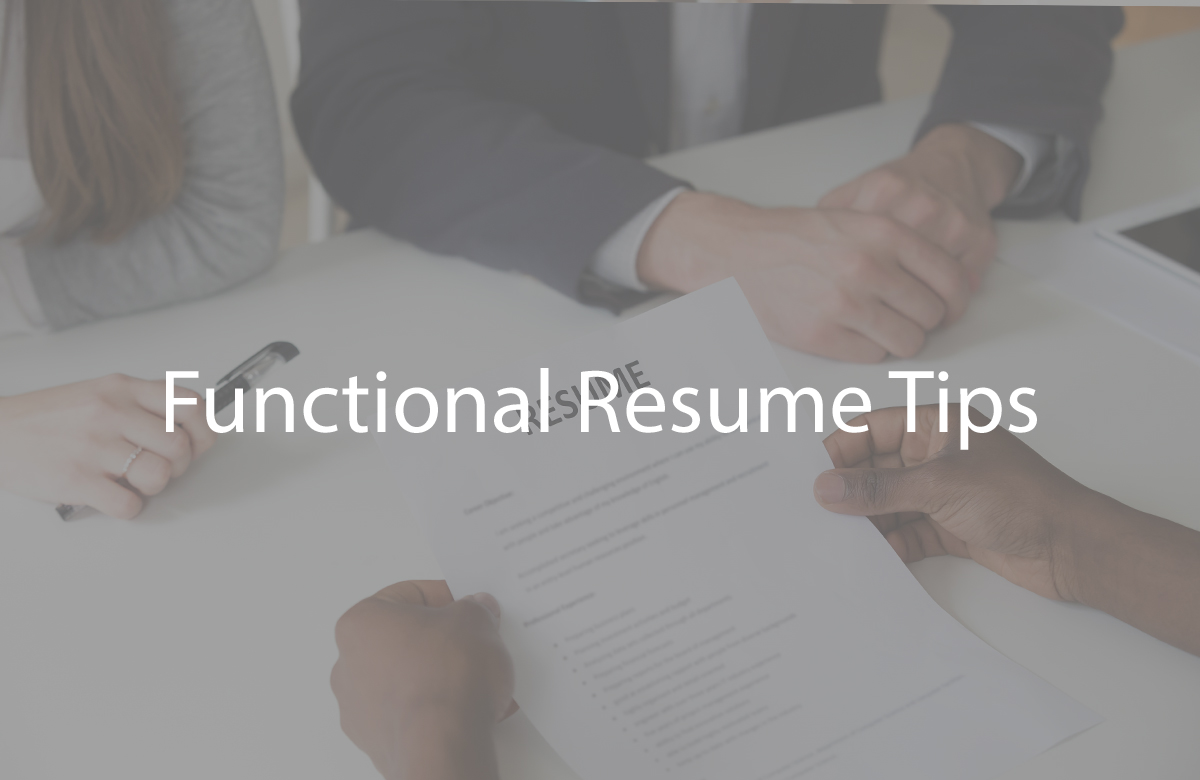
Step by step instructions to Compose a Functional Resume
A functional resume is a type of resume that focuses on your skills and qualifications rather than your chronological work history. It can be a great choice if you have employment gaps, are changing careers, or have a diverse work history. Here are some tips for creating an effective functional resume:
-
Start with a Strong Summary: Begin your functional resume with a compelling summary or objective statement. This should provide a brief overview of your skills, qualifications, and career goals. It’s your opportunity to grab the employer’s attention right away.
-
Organize by Skill Sets: Instead of listing your work experience chronologically, group your skills and qualifications into relevant categories or skill sets. Common categories might include “Project Management,” “Technical Skills,” “Customer Service,” etc.
-
Highlight Achievements: Within each skill set, provide specific examples of achievements and experiences that demonstrate your proficiency in that area. Use bullet points to make these accomplishments stand out.
-
Use Action Verbs: Start each bullet point with strong action verbs to convey a sense of action and achievement. Words like “managed,” “implemented,” and “led” can make your accomplishments more compelling.
-
Quantify Your Achievements: Whenever possible, use numbers and percentages to quantify your achievements. This adds credibility to your accomplishments. For example, “Increased sales by 25% in the first quarter.”
-
Include Relevant Experience: While the focus is on skills, you should still include a section for work experience. However, keep this section concise and only include roles that are directly relevant to the job you’re applying for.
-
Education and Certifications: Include your educational background, certifications, and relevant training in a separate section. Highlight any certifications or courses that support your skills and qualifications.
-
Address Employment Gaps: If you have employment gaps, you can briefly address them in your cover letter. Focus on what you were doing during that time, such as volunteering, freelancing, or taking courses.
-
Customize for Each Job: Tailor your functional resume for each job application. Highlight the skills and qualifications that are most relevant to the specific job you’re applying for.
-
Proofread Carefully: As with any resume, proofreading is crucial. Ensure that there are no typos or grammatical errors in your functional resume. A well-written resume reflects attention to detail.
-
Consider the Industry: Keep in mind that functional resumes may not be suitable for all industries. Some employers prefer a chronological format. Research the norms in your industry before deciding on the type of resume to use.
-
Include a Relevant Job History Section: If you have a long work history or your roles have been relatively stable, you can include a brief section that lists your job history without going into detail. This provides context for your skills.
Remember that a functional resume is a tool to highlight your skills and qualifications. It should still provide a clear picture of your career progression and how your experiences have contributed to your skills. When done effectively, a functional resume can help you stand out to employers and land the job you desire.
